Drinking Alcohol and Counting Macros
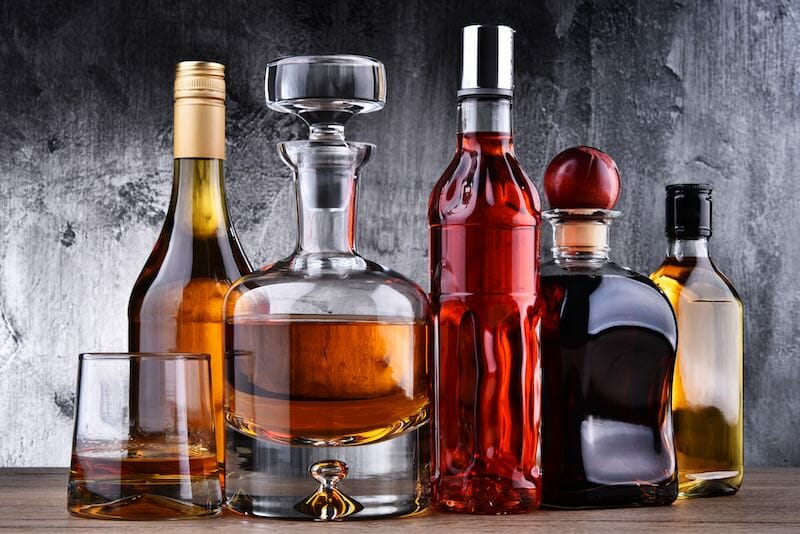
Many people enjoy drinking alcohol from time to time and it can be part of a counting macros diet as long as you treat alcohol just like you do any other food or drink that’s providing energy to your body.
However, before you order that case of wine or go to the store for a six-pack, there are a few things to keep in mind when counting macros and drinking alcoholic drinks.
In this article, I’ll explain what alcohol is nutritionally, the best way to keep track of your macros on days you have a drink, and other things to consider when adding alcohol to your macros diet.
What is Alcohol?
Alcohol is a byproduct of fermentation. In this process sugars (carbohydrates) are used by yeast for energy and in this process, alcohol is produced. Alcohol is not an essential nutrient or chemical needed by the human body and is actually classified as toxic.
Therefore, alcohol isn’t a carb, a fat, or a protein but a separate macronutrient but does have a caloric value. One gram of alcohol is about 7 calories. According to the Nutrition Diva, alcohol is broken down by the liver into metabolites that are converted to energy by the human body and not converted to sugar like many people believe.
Although alcohol is a toxin, in small amounts it acts as a depressant which slows things down and makes the mind feel more relaxed. This is why most people drink. They like the relaxed, carefree feeling alcohol produces.
Alcohol and Counting Macros
Here’s where things can get tricky if you are tracking your macros…
Since alcohol is a separate macro, food trackers like MyFitnessPal will not count it towards any of your macros but will count it towards your total calories. Therefore on days you have a drink or two, you can’t count on just your macros as a way to tell you that you are consuming the right amount of calories/energy for that particular day.
The best way to count macros on days you drink is to adopt a more flexible approach. Here are the three steps to use to count macros when drinking alcohol.
- Record an alcoholic drink in your food diary just like any other food or beverage.
- On days you drink, shift your focus to tracking just total calories and protein. You’ll want to stay within your calorie goal and protein goal for these days.
- Allow your carbs and fat to come up short for the day to make up for the alcohol grams you consumed.
This way the drink won’t hinder the progress you are making and will be accounted for nutritionally.
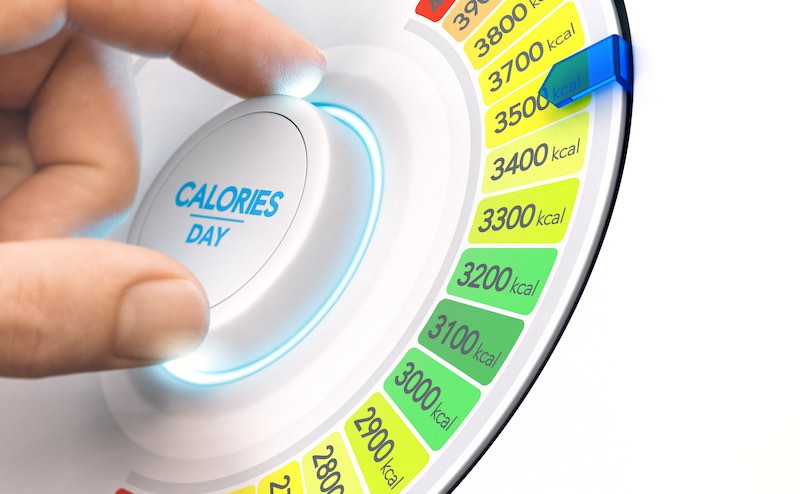
Things to Consider with Alcoholic Drinks
Since the overall purpose of any diet should be focused on leading you on a path towards better health, drinking alcohol should definitely be classified as one of those things to occasionally enjoy and not a regular part of your diet.
Alcohol is toxic, is addictive, and does place a lot of stress on your liver. Therefore, drinking too much of it regularly will impact your overall health and your weight loss/ fitness goals.
Have you ever tried to work out the day after having a few drinks? It is obvious that things are a lot more difficult and the workout seems more taxing than it normally does. Since your liver is busy processing the alcohol, often secondary processes have been put on hold. This includes glycogen production and fat oxidation.
Secondly, alcoholic drinks can have a lot of calories. This can quickly add up and push you into a calorie surplus for the day, thus leading to fat storage. Liquid calories in general are one of the main things to be mindful of since these calories can be consumed pretty quickly and don’t satiate.
Here’s how a few common alcoholic drinks stack up calorie-wise. (src.)
- Red wine: 123 calories/5 fl oz
- White wine: 121 calories/5 fl oz
- Beer: 151 calories/12 fl oz
- Lite Beer: 103 calories/12 fl oz
- IPA: 210 calories/12 fl oz
- Stout: 176 calories/12 fl oz
- Gin and Tonic: 143 calories/6 fl oz
- Margarita: 306 calories/6.6 fl oz
- White Claw: 100 calories/12 fl oz
- Martini: 367 calories/6 fl oz
- Pina Colada: 436 calories/ 8 fl oz
- Mimosa: 160 calories/ 8 fl oz
I think it’s fine to enjoy a night out or in from time to time with a few drinks, but if you drink more than occasionally, it may be time to do a little self-assessment to see if the alcohol is really worth the toll it takes on your goals as well as your overall good health.
Yes, there are people who drink a glass of wine every night and live to 100, but this factoid can be misleading since living to 100 is an exception to life expectancy from the beginning. There are obviously a lot of other factors at play too. Science still hasn’t come to a complete consensus on the health of red wine.
With any type of flexitarian diet like counting macros, moderation is emphasized above all else and the same is true for including alcoholic drinks in your weekly menu. Enjoy a drink from time to time, account for it in your macros, and make sure you have room in your daily calorie allotment for the drink.
Accelerate Your Diet and Fitness Goals with My Macro Solution System
Step-by-step self-guided program -or- fully customized personal macros coaching. Feel exhilarated as you conquer your goals!
MACRO COUNTING
- 130 page step-by-step guide.
- Achieve fat loss without starvation.
- Individually tailored to your body composition.

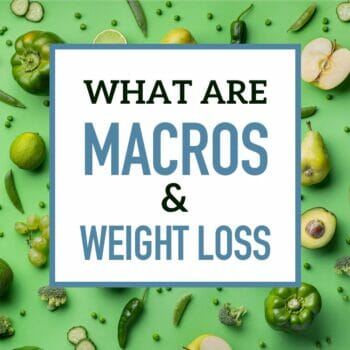 What Are Macros For Weight Loss?
What Are Macros For Weight Loss?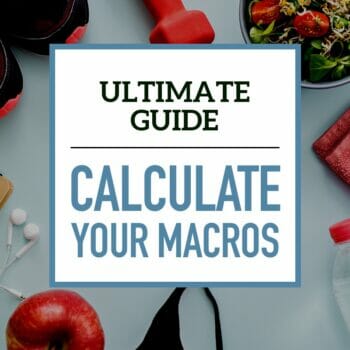 How to Calculate Your Macros for Body Transformation
How to Calculate Your Macros for Body Transformation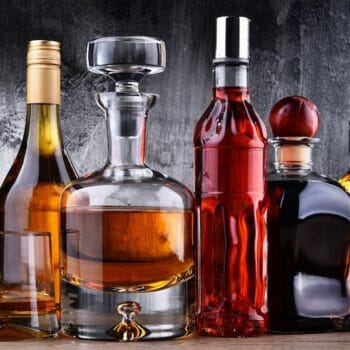 Drinking Alcohol and Counting Macros
Drinking Alcohol and Counting Macros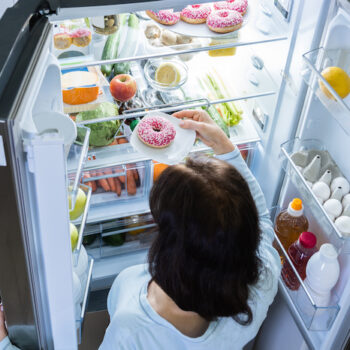 Help, I’m Hungry on a Macros Diet
Help, I’m Hungry on a Macros Diet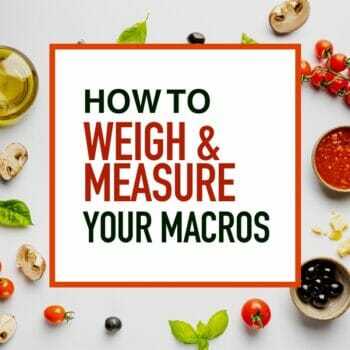 How To Track Macros In the Foods You Eat Painlessly
How To Track Macros In the Foods You Eat Painlessly